Tea Cafe & Shop Chabaco: Sip Delicious Sashima Tea in a Splendid Cafe

Although Uji and Shizuoka are famous for their tea production, Sashima tea from Ibaraki was the first tea export to the United States after Japan opened its ports in 1854! Tea Cafe & Shop Chabaco, a cafe designed by the Japanese architect Kengo Kuma, is the perfect place to enjoy this distinct tea.
The First Export of Japanese Tea
Most people who hear about Sashima tea for the first time wonder where it comes from. This tea is produced on the Sashima Plateau in western Ibaraki Prefecture. Hot in the summers and cold in the winters, this area has an ideal climate for cultivating tea leaves.
During the Edo Period, the Sashima Plateau prospered as a transport hub. The local farmers started cultivating tea after the Edo government built ports, and Sashima Tea gained attention as the first Japanese export to the USA. In the Meiji Period, Sashima became the driving force behind Japan's thriving tea industry.
A Company Man-Turned-Tea Farmer
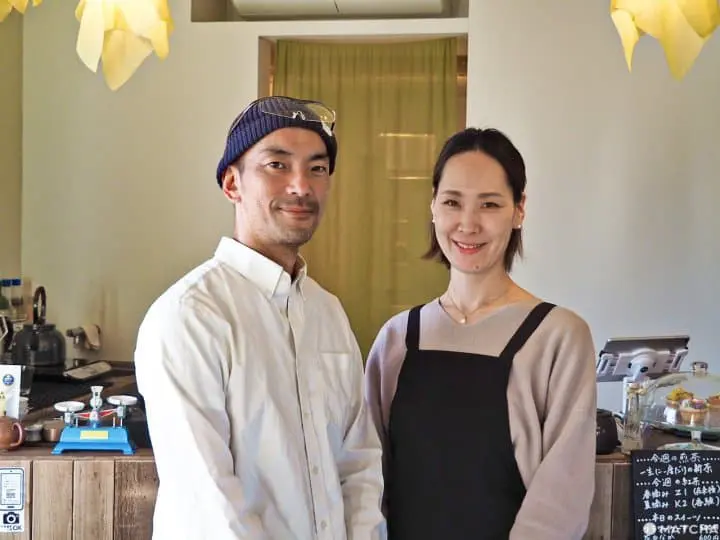
Michio (left) and Akiko (right) Hanamizu
Michio Hanamizu, the owner of Tea Cafe & Shop Chabaco in Ibaraki, is fascinated by Sashima tea. For ten years, he was an office worker and admittedly "drank more coffee than tea."
After meeting Akiko, whose father owned the local tea farm Naganoen, his interest in tea blossomed.
The tea industry in Ibaraki had been suffering from a lack of successors. Moreover, the prefecture is no longer a renowned tea production center compared to areas affiliated with major beverage companies. However, none of these factors deterred Michio.
He started from scratch, and has become a leading tea expert.
Cultivating Japanese Black Tea
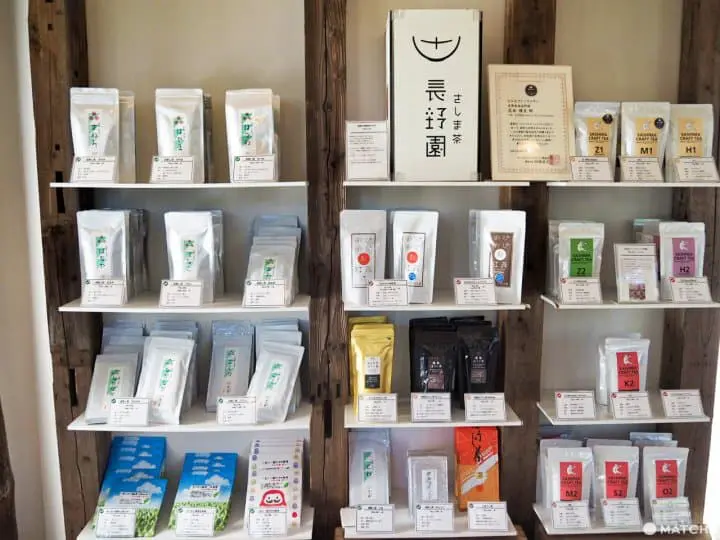
The green tea market is overflowing with affordable bottled beverages that taste good. There's also been a decline in people purchasing tea leaves to brew at home.
So Michio decided to promote domestically-grown Japanese black tea.
Nowadays, most black tea leaves are imported, as there are no major production centers in Japan. Fortunately, the climate in the Sashima area is ideal for cultivating black tea.
Michio studied tea production techniques from leading countries, such as India and Taiwan. He also learned from top tea farmers across Japan. After a decade of research, he created Sashima Craft Tea: an original tea variety produced by Naganoen. Three of these products even won awards at various tea competitions.
A Cafe Designed by the World-Renowned Architect Kengo Kuma
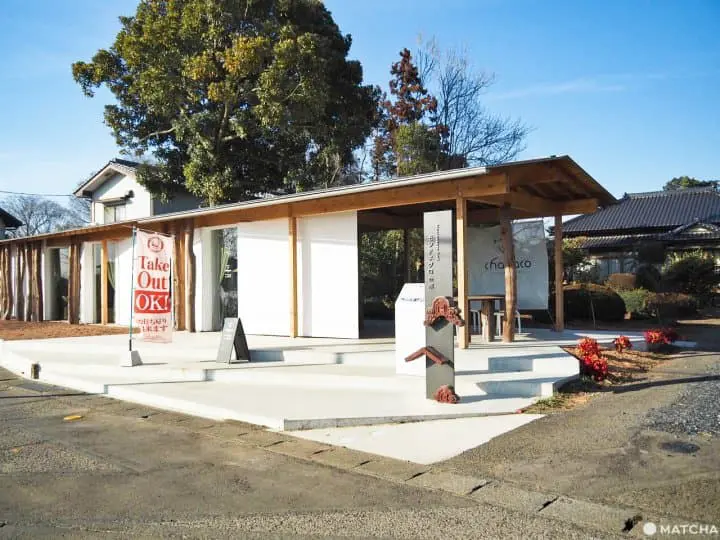
In the Sashima District of Ibaraki's Sakai City, there are six buildings designed and renovated by Kengo Kuma and Associates. Those interested in tasting Sashima Tea should head to Casa Montenegro, which re-opened in September 2020.
It was originally built in 1937 as a facility to promote cultural exchanges between Japan and Argentina. More than 80 years later, the building was renovated by Mr. Kuma as a testament to the enduring friendship between both nations.
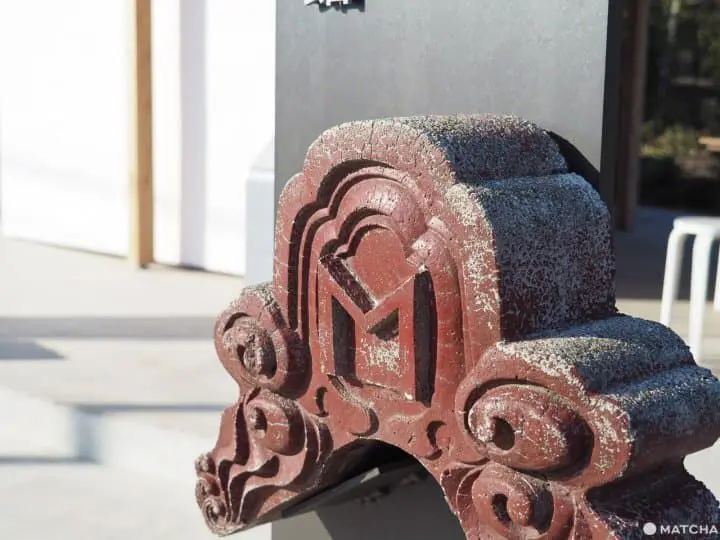
Lumber from the old building was re-used during the renovation, along with other materials including tiles found at the entrance.
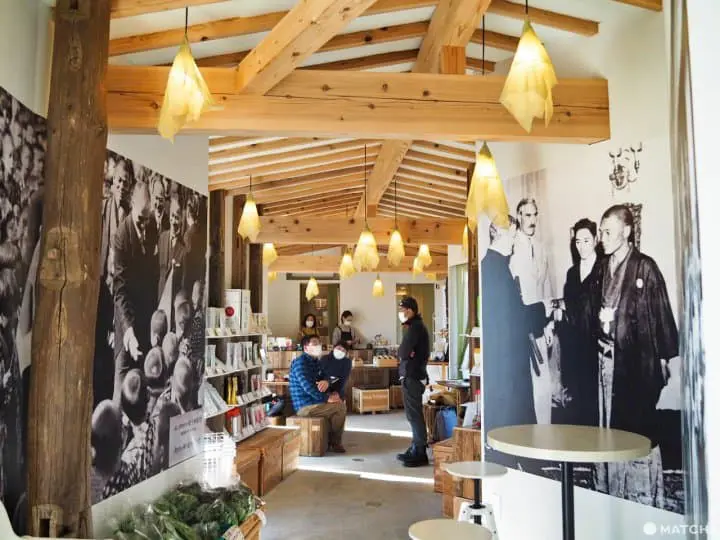
Naganoen was initially approached by the local government . "I immediately agreed to work with them, since it was a rare opportunity," said Michio. Shortly after, Chabaco, a cafe reminiscent of a cozy parlor, opened its doors to the public.
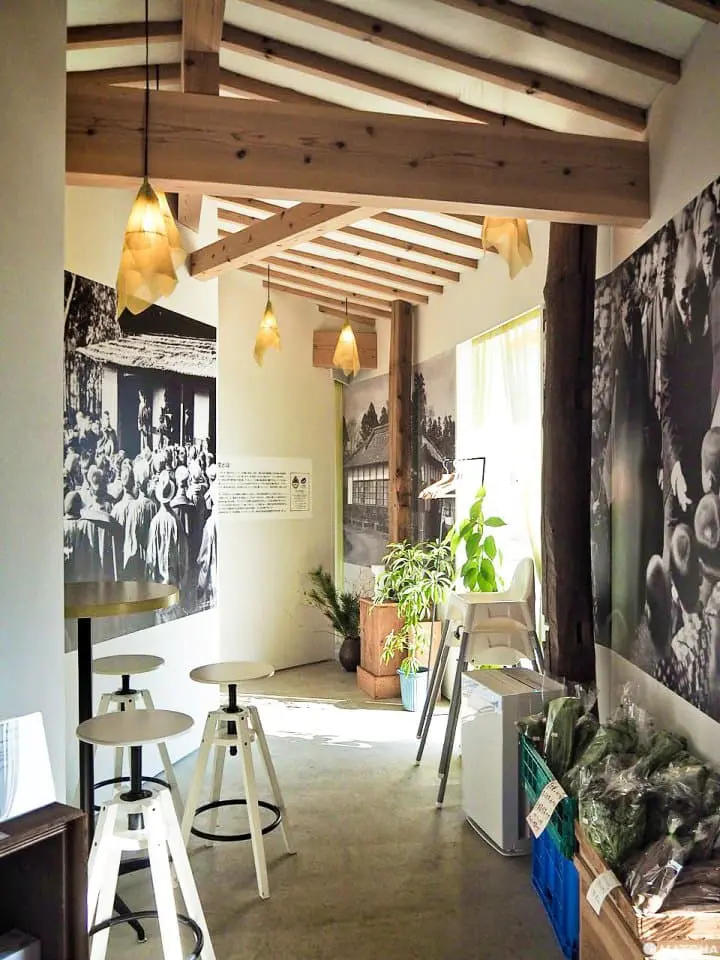
Photographs capturing the history of Casa Montenegro and cultural exchanges between Japan and Argentina are displayed on the cafe's wall.
According to the photo descriptions, the history between Sakai and Argentina dates back to Commodore Matthew Perry's expedition. It's said to have started in 1853, when a member of the Sekiyado clan welcomed an Argentinian sailor.
Fine Tea and Confections to Enjoy
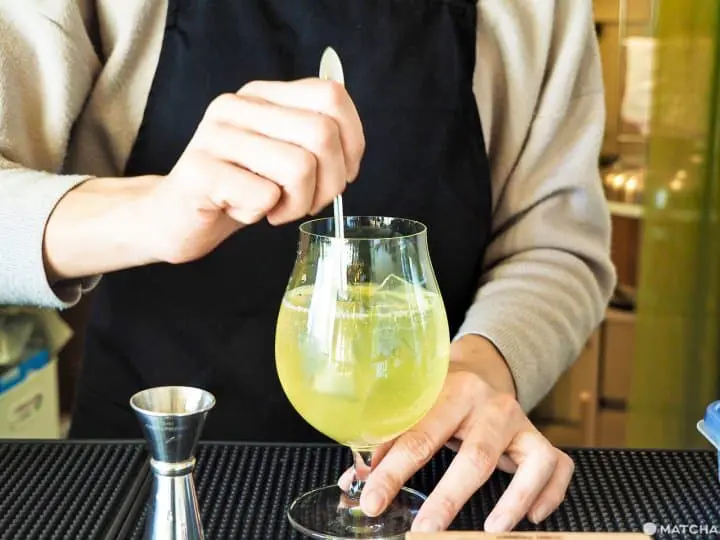
There are about 20 beverages available at the cafe. After contemplating the menu offerings, our writer chose the Sparkling Sencha, a carbonated drink (480 yen before tax), and Sashima Craft Tea (one pot 700 yen before tax). Both beverages use tea leaves produced by Naganoen.
Customers can watch the brewing process while sitting on stools made from boxes used to store tea leaves!
Sparkling Sencha uses roasted tea leaves blended with lemongrass. The fresh, smooth flavor makes it the perfect drink for days of warm weather.
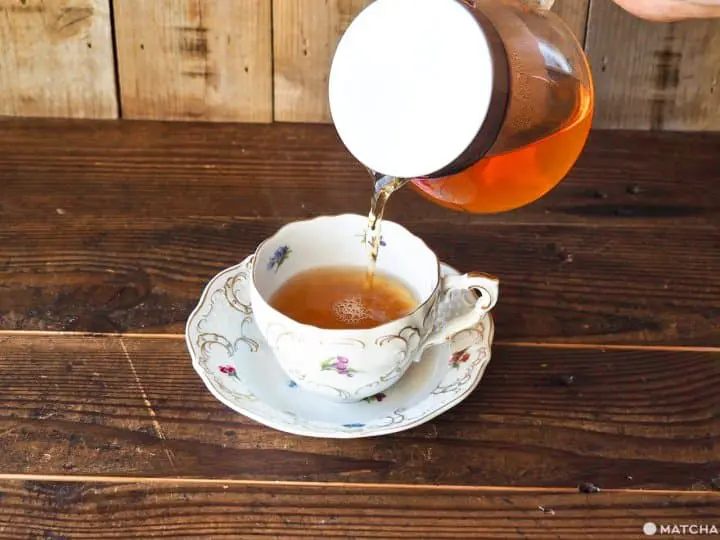
Sashima Craft Tea has a gentle, elegant taste. It's no surprise that this tea has won so many awards.
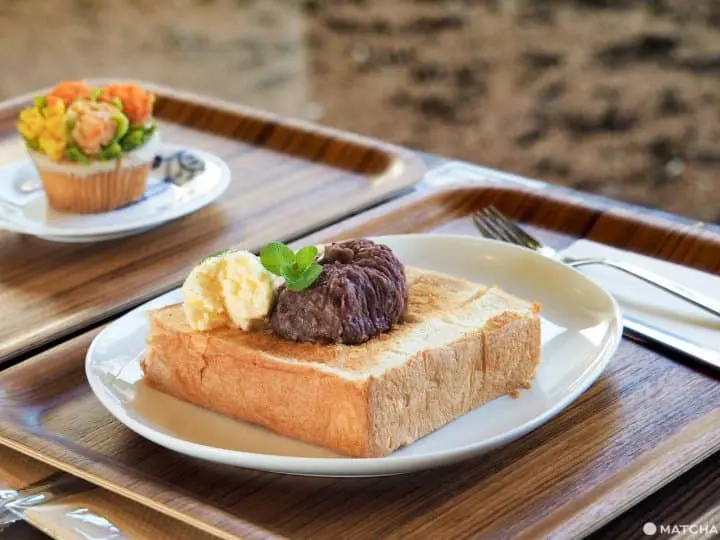
Akiko's delicious confections are another great reason to head to this cafe. She carefully selects ingredients and seasonings to make wholesome dishes for people of any age!
The sweet bean paste confections are all handmade and sugar-free. Buttered toast with amazake-flavored bean paste (550 yen before tax), as pictured above, uses fermented butter, which pairs well with the sweetened paste. This unique toast was absolutely delicious!

Instead of icing, the gorgeous Flower Cake (500 yen before tax) is made with white bean paste. This smooth-tasting, low-fat, low-carb treat is perfect for those with a sweet tooth.
A Touch of Japanese Flavor in Tasty Beverages
This tea farmer is working to sustain Japanese tea culture while striving to develop domestic black tea in Japan. We hope more people become inspired to brew these tasty beverages at home!
Read also
For the latest MATCHA information, please check our Facebook, Twitter, and Instagram!
In cooperation with Nagaoen


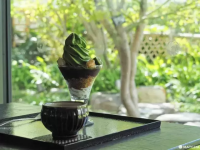





































![[Coupon Available] Attention Overseas Winter Sports Fans! Nagano's Sports Depot Has Evolved](https://resources.matcha-jp.com/resize/720x2000/2026/01/05-254819.webp)
![[2 hours from Tokyo ] 10 Quiet and Breathtaking Views of Mount Fuji in Yamanashi Hokuto City , Yamanashi - Part 2](https://resources.matcha-jp.com/resize/720x2000/2025/12/16-253037.webp)
